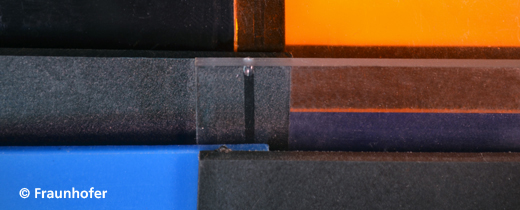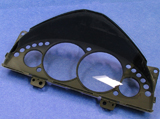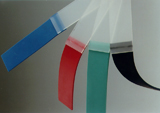Overview
We have more than 15 years of experience in developing laser plastic welding processes for a wide variety of industrial applications. For laser plastic welding to work, the upper part should have high transmission properties for the selected laser beam wavelength while the lower part should have higher absorption properties to facilitate heating the interface. The weld is “hidden” between the two overlapping plastics without effecting the part surface.
Using different laser wavelengths, spot sizes, beam delivery strategies and in-house developed tooling, we have conducted plastic welding with excellent joint appearance, high weld strength, short weld cycle times and high yield. Using a quasi-simultaneous weld process, the weld geometry can be freely designed and is re-programmable for different product variations, minimizing setup times between parts and making the process more flexible than other joining methods. The weld track can also be a 3D path for complex shapes.
Advantages
- Excellent joint appearance
- Low heat input resulting in less distortion of welded parts
- High joint strength and high burst pressure for sealed joints
 Fraunhofer USA Center Midwest CMW
Fraunhofer USA Center Midwest CMW

